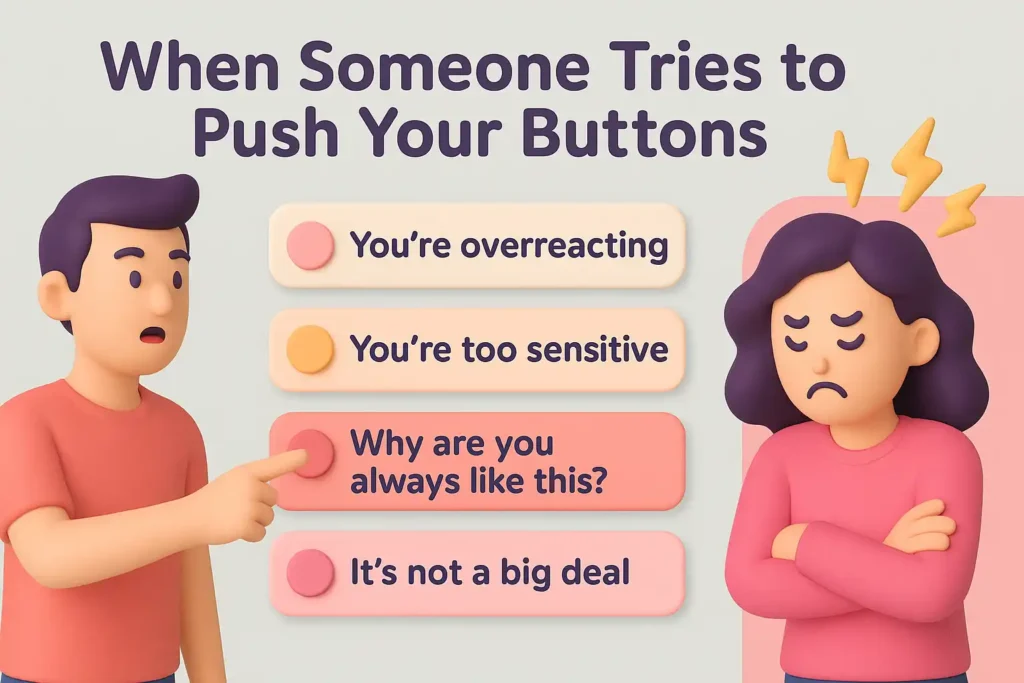The Science of Recovery: How to Reduce Muscle Soreness After Workouts

Ever finished a workout feeling great, only to wake up the next day barely able to move? That deep, aching muscle soreness is something almost everyone experiences, whether you’re a beginner or a seasoned athlete. Known as delayed onset muscle soreness (DOMS), it usually sets in 24 to 48 hours after an intense workout.
While soreness is a natural part of muscle adaptation, it can be frustrating—especially if it interferes with your next workout. Fortunately, there are ways to accelerate recovery, alleviate discomfort, and return to training more quickly. Let’s break down the science behind recovery and explore practical ways to relieve muscle soreness.
Understanding Muscle Soreness and Recovery
When you push your muscles beyond their usual limits—whether through weightlifting, high-intensity workouts, or endurance training—tiny microtears form in the muscle fibers. These tears trigger an inflammatory response, causing soreness, stiffness, and swelling.
Your body naturally repairs and strengthens these muscles over time, which is why consistent training leads to muscle growth and improved endurance. However, proper recovery is key to ensuring that you continue to progress without unnecessary pain.
Companies like Sports Technology Labs focus on research-backed solutions for muscle recovery, offering compounds such as peptides that are studied for their potential role in tissue repair and regeneration. While these are primarily for research purposes, ongoing studies underscore the significance of science in understanding muscle recovery.
The Role of Nutrition in Muscle Recovery
What you eat plays a major role in how quickly your muscles recover. Without proper nutrition, muscle soreness can linger longer than necessary. Here are some key nutrients to focus on.
Protein for Muscle Repair
Muscles need protein to rebuild after a workout. Research suggests that consuming 20–30 grams of protein after exercise helps support muscle recovery. Good sources include lean meats like chicken and turkey, fish such as salmon or tuna, eggs and dairy like Greek yogurt and cottage cheese, and plant-based proteins like lentils, quinoa, and tofu.
Carbohydrates to Restore Energy
During exercise, your body uses glycogen (stored energy from carbs) to fuel activity. Replenishing glycogen through the consumption of carbohydrates helps reduce muscle fatigue and promotes recovery. Great options include whole grains such as brown rice, quinoa, and oats, as well as fruits like bananas and berries, and sweet potatoes.
Hydration for Muscle Function
Water plays a crucial role in flushing out waste products from muscle breakdown. Dehydration can worsen muscle soreness and cramps, so staying hydrated before, during, and after workouts is essential.
Anti-Inflammatory Foods
Certain foods may help reduce inflammation, which can ease soreness. Try adding omega-3 fatty acids from sources like salmon, walnuts, and flaxseeds, as well as turmeric, which contains curcumin —a compound with anti-inflammatory properties. Additionally, include leafy greens and berries, which are rich in antioxidants.
Active Recovery vs. Complete Rest
If your muscles are sore, the last thing you might want to do is move. However, active recovery can actually speed up the healing process.
Why Active Recovery Helps
Low-intensity movement increases blood flow to muscles, which helps deliver oxygen and nutrients while removing waste products, such as lactic acid. Activities such as walking, stretching, yoga, or swimming help loosen stiff muscles without adding extra strain.
Complete rest is sometimes necessary, especially if soreness is severe or if there are signs of injury. However, in most cases, gentle movement is a more effective way to recover.
The Power of Stretching and Mobility Work
Stretching is often overlooked, but it plays a crucial role in reducing muscle tightness and improving flexibility.
Static vs. Dynamic Stretching
Static stretching, where you hold a stretch for 20–30 seconds, is best after a workout to lengthen tight muscles. Dynamic stretching, which involves controlled movements such as leg swings and arm circles, is more effective than static stretching before exercise to warm up muscles.
Foam Rolling for Muscle Relief
Foam rolling is a form of self-massage that helps break up tight muscle fibers, improve blood circulation, and reduce soreness. It works by applying pressure to different muscle groups, helping them relax and recover.
Mobility Exercises for Joint Health
Adding mobility exercises to your routine can help improve range of motion and prevent stiffness. Movements such as hip circles, shoulder rolls, and ankle rotations help keep joints healthy and flexible.
Cold Therapy vs. Heat Therapy: What Works Best?
Different types of temperature therapy can help alleviate soreness, but knowing when to use them effectively makes a significant difference.
Ice Baths and Cold Showers
Cold therapy helps reduce inflammation and numb sore muscles. Athletes often take ice baths after intense workouts to minimize swelling and accelerate recovery. For those seeking convenient ways to apply cold therapy at home, Warrior Willpower ice chillers offer an effective and easy-to-use option, providing targeted cooling for sore muscles without the hassle of a full ice bath. Incorporating such tools can complement traditional methods and enhance overall recovery.
Heat Therapy for Muscle Relaxation
Applying heat increases blood flow, which helps muscles relax and recover more quickly. Warm baths, heating pads, or sauna sessions can be effective, particularly when managing ongoing soreness.
When to Use Each
Cold therapy is most effective immediately after a strenuous workout to minimize swelling, while heat therapy is better suited for alleviating lingering stiffness and tension.
The Role of Sleep in Muscle Recovery
Muscles don’t grow in the gym—they grow while you rest. Sleep is when the body repairs muscle tissue and releases growth hormones essential for recovery.
How Much Sleep is Enough?
Most adults need seven to nine hours of quality sleep each night. Poor sleep can slow recovery, increase soreness, and even affect performance.
Improving Sleep for Better Recovery
Creating a bedtime routine, limiting screen time before bed, and keeping a consistent sleep schedule can help improve sleep quality. Magnesium-rich foods, such as almonds, spinach, and dark chocolate, may also help promote relaxation.
Listening to Your Body: When to Take It Easy
Some soreness is normal, but it’s important to recognize when your body needs a break. Sharp pain, swelling, or soreness that lasts more than a few days could indicate an injury.
Overtraining can lead to burnout and increased risk of injury. If you’re constantly sore or fatigued, it may be a sign that you need to adjust your workout intensity, recovery strategies, or overall routine.
Muscle soreness is a natural part of training, but it doesn’t have to slow you down. Prioritizing nutrition, staying hydrated, incorporating active recovery, and getting enough sleep all play a role in reducing soreness and improving performance. Small habits, such as stretching and foam rolling, can make a significant difference in how quickly your muscles recover.






